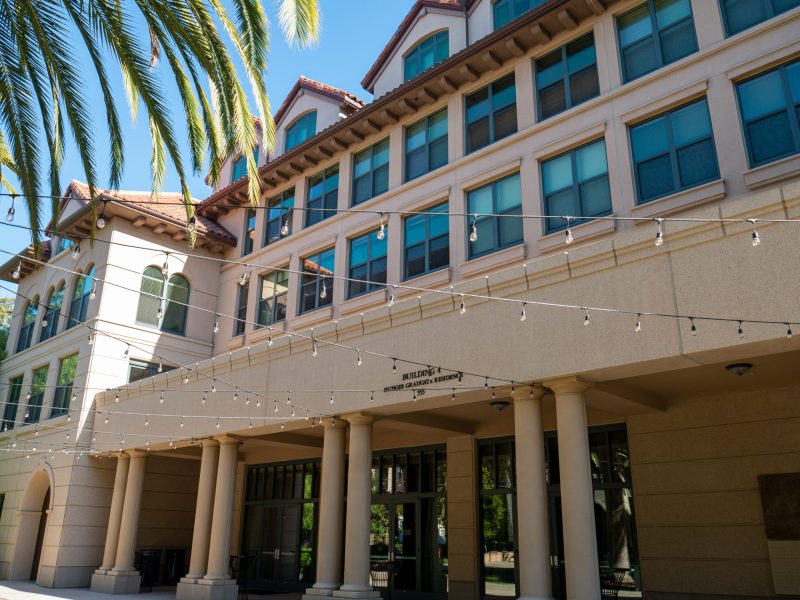When the University initially declared that winter quarter courses would start online, many graduate students said they were relieved by the news.
“As a TA (teaching assistant), I was quite relieved because it meant that my health and the health of my classmates and my students was being prioritized,” said Ayanda Mahlaba, a second-year history Ph.D. student.
A few weeks later on Jan. 20, the University reaffirmed in an email that in-person instruction plans that would begin during Week 4. On the first day of in-person classes, Stanford reported 580 total COVID-19 cases.
Prior to the return to in-person instruction, Alby Joseph, a first-year chemistry Ph.D. student, said he wished the online period had been prolonged due to COVID-19 concerns and limited access to KN95 masks. Mahlaba and Micheal Duchesne, a second-year classics Ph.D. student, echoed this sentiment and both proposed a later start in February.
Mahlaba said he found the transition to online schooling to be smooth due to the resources and support he received from the University and visiting history professor Trevor Getz, for whom he serves as a TA.
“He was very accommodating and worked in tandem with us to ensure that we are all on the same track,” Mahlaba said. “And if people were having certain challenges, he stepped up to address those.”
The University provided an emergency grant for graduate students in case they needed financial assistance for equipment, Mahlaba said. Alby Joseph, a first-year chemistry Ph.D. student, said the University had provided funds to support his personal iPad purchase.
Amrita Palaparthi M.S. ’23, a TA for CS 161: Design and Analysis of Algorithms, also said she found the switch to online teaching easy. She mentioned that lectures and office hours already took place online for fall quarter when she taught CS 221: Artificial Intelligence: Principles and Techniques.
“When I had done TAing as an undergrad, that was during COVID as well,” Palaparthi said. “So I felt like I had the whole setup ready to go because it was the second time around.”
Palaparthi also said she believes that the University should allow students to take classes remotely if they fall sick or if they do not feel comfortable attending in-person.
However, online teaching during the first few weeks was not without pitfalls. Some TAs felt that student engagement during sections was more difficult. Duchesne typically assigns work to do in small groups but found this method challenging over Zoom.
“I don’t really like the breakout functions on Zoom because it’s always kind of random,” Duchesne said. “I like breaking them up where they sit because the idea is you’ll meet somebody new, become friends and get to constantly work together.”
It was also more difficult to tell when students were struggling, some TAs said. Joseph compared his online teaching experience to when he taught in-person lab sections for CHEM 121: Understanding the Natural and Unnatural World through Chemistry during fall quarter.
“Last quarter, I could tell more easily what content students were struggling with because I could see it just from your reaction,” Joseph said. “But I can’t tell if we’re going too fast or what concepts are being lost on Zoom.”
